
Dancing Proven More Effective Than Antidepressants for Treating Depression, Landmark Study Finds
In a surprising twist to traditional mental health care, a comprehensive study published in the BMJ (British Medical Journal) has revealed that dancing is more effective than antidepressant medications at reducing symptoms of depression. The findings offer new hope for millions suffering from this debilitating condition - and could revolutionize how clinicians approach treatment.
The review synthesized results from 218 separate studies, encompassing data from over 14,000 individuals, making it one of the most expansive meta-analyses to date on the subject. The conclusion? Exercise significantly reduces depressive symptoms, and among all physical activities analyzed, dance produced the most powerful benefits.
“Dancing had a larger positive effect than other interventions,” the researchers wrote, though they cautioned that “the small number of studies, low number of participants, and biases in the study designs prohibit us from recommending dance more strongly.”
Still, the consistent trend in the data points toward dance being a remarkably effective and accessible tool for managing depressive symptoms, especially when compared to more conventional treatments such as SSRIs (selective serotonin reuptake inhibitors).

Dance: A Fusion of Movement, Emotion, and Healing
So, what makes dancing such a powerful antidote to depression?
While the exact mechanisms remain unclear, experts believe it’s the unique combination of physical activity, emotional expression, and social engagement that gives dance its healing edge.
Unlike solitary workouts or medication routines, dance often involves rhythmic movement in synchrony with others, uplifting music, and creative expression. These elements may amplify psychological benefits by stimulating pleasure centers in the brain and reinforcing a sense of connection and purpose.
“It is unlikely that any single causal mechanism explains all the findings in the review,” the study notes. “Instead, we hypothesise that a combination of social interaction, mindfulness or experiential acceptance, increased self-efficacy, immersion in green spaces, neurobiological mechanisms, and acute positive affect combine to generate outcomes.”
This integrative explanation suggests that dance engages both body and mind in a way few other interventions can. It can act simultaneously on neurological, emotional, and social levels, making it particularly well-suited for addressing the complex nature of depression.
How Dance Compares to Other Forms of Exercise
While dance topped the chart in overall efficacy, other forms of exercise also showed measurable improvements in depressive symptoms, with walking, jogging, yoga, tai chi, strength training, and cycling all showing varying degrees of benefit.
The researchers observed interesting patterns based on age and gender:
- Younger participants responded most favorably to strength training.
- Older individuals benefited more from aerobic activities and yoga, particularly when combined with psychotherapy.
- Women saw more improvement with strength training and cycling.
- Men experienced better outcomes with yoga, tai chi, and aerobics when used alongside therapy.
This demographic insight adds important nuance to the broader findings, allowing mental health professionals to tailor exercise prescriptions more effectively based on individual characteristics.
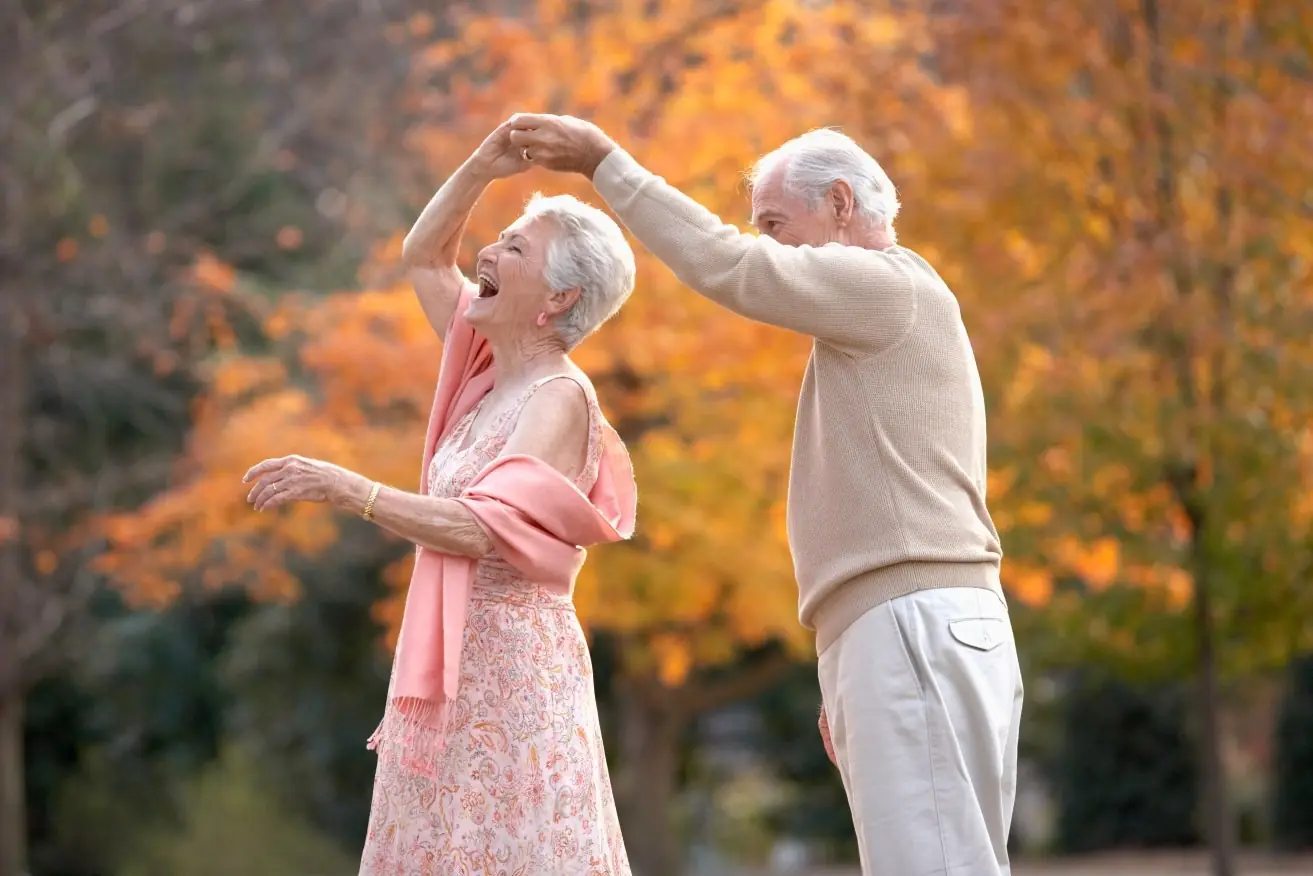
More Effective Than Medication? Yes - But With Important Caveats
One of the study’s most significant conclusions is that almost all types of exercise produced better outcomes than SSRIs, the most commonly prescribed medications for depression.
While this does not suggest that patients should stop taking medication abruptly, it highlights a critical gap in traditional mental health treatment: over-reliance on pharmacological solutions.
In fact, the study found that cognitive behavioral therapy (CBT) - considered a gold standard in psychological care - ranked third overall, behind dance and walking/jogging. This suggests that movement-based therapies may hold untapped potential in treating not just mild or situational depression, but also more chronic forms of the disorder.
“The benefits from exercise tended to be proportional to the intensity prescribed, with vigorous activity being better,” the researchers noted. Interestingly, the frequency of exercise sessions (i.e., how many times per week) seemed less important than how intensely the body was challenged during the workout.
The Hidden Power of Group Exercise
Another compelling takeaway from the study is the value of group-based exercise interventions, such as dance classes or community fitness sessions.
Social connection is a powerful antidepressant in its own right. When combined with movement, music, and shared emotional experience - as is common in group dance - the mental health benefits appear to multiply.
Group fitness also reduces the stigma often associated with mental health treatment, making it more likely that individuals will seek help early and consistently. Unlike a prescription or therapy referral, signing up for a dance class can feel non-threatening and even enjoyable, which lowers barriers to access.
As the study authors observed:
“Exercise may appeal to patients because it carries less stigma than other treatment options.”
Furthermore, incorporating group-based exercise into treatment plans can help lower healthcare costs for both patients and systems, providing a scalable, non-pharmacological intervention that complements or even replaces more expensive and invasive options.
Toward a New Clinical Standard: Movement as Medicine
With depression now affecting over 300 million people globally, according to the World Health Organization, the need for diverse, effective, and accessible treatments has never been greater.
The study's findings strongly support the inclusion of exercise in clinical guidelines for depression, particularly vigorous and socially engaging forms like dance.
“Doing so may help bridge the gap in treatment coverage by increasing the range of first-line options for patients and health systems,” the authors write.
This shift would require changes not only in clinical practice but also in professional education. Psychotherapists may need to dedicate more time to helping clients overcome cognitive and emotional barriers to exercise, while fitness professionals may benefit from training in the psychological management of depression.
Ultimately, embracing movement as medicine opens the door to holistic, patient-centered care that treats the whole person - not just their symptoms.
Practical Tips: How to Use Dance to Improve Mental Health
If you're inspired to use dance as a tool for boosting your mood or managing depression, here are some practical tips:
- Start simple – Try dancing to your favorite song in your living room. No experience required.
- Join a class – Whether it’s salsa, hip hop, or ballroom, structured classes can enhance social support.
- Be consistent – Aim for at least 3 sessions per week, and gradually build intensity.
- Make it joyful – Choose music and styles that uplift you emotionally.
- Track your mood – Keep a journal to monitor how dancing affects your mental state over time.
Final Thoughts: Redefining Mental Health Treatment for a New Era
The idea that joyful movement could be more effective than medication in treating one of the world’s most common mental illnesses is both profound and empowering.
While more research is needed to validate these findings across larger and more diverse populations, the message is clear: movement, especially in the form of dance, deserves a central role in the future of mental health care.
In the words of the study’s authors: “Prescribing exercise - particularly dance - may offer a low-cost, low-risk, high-reward strategy to help combat depression at scale.”
As healthcare systems worldwide grapple with rising demand and limited resources, it's time to consider whether the most powerful medicine of all might just be a little music and movement.
News in the same category


How to Grow Rosemary Abundantly at Home: Your Aromatic, Memory-Supportive Garden Ally

Blood pressure creeping up? 10 natural fixes before meds
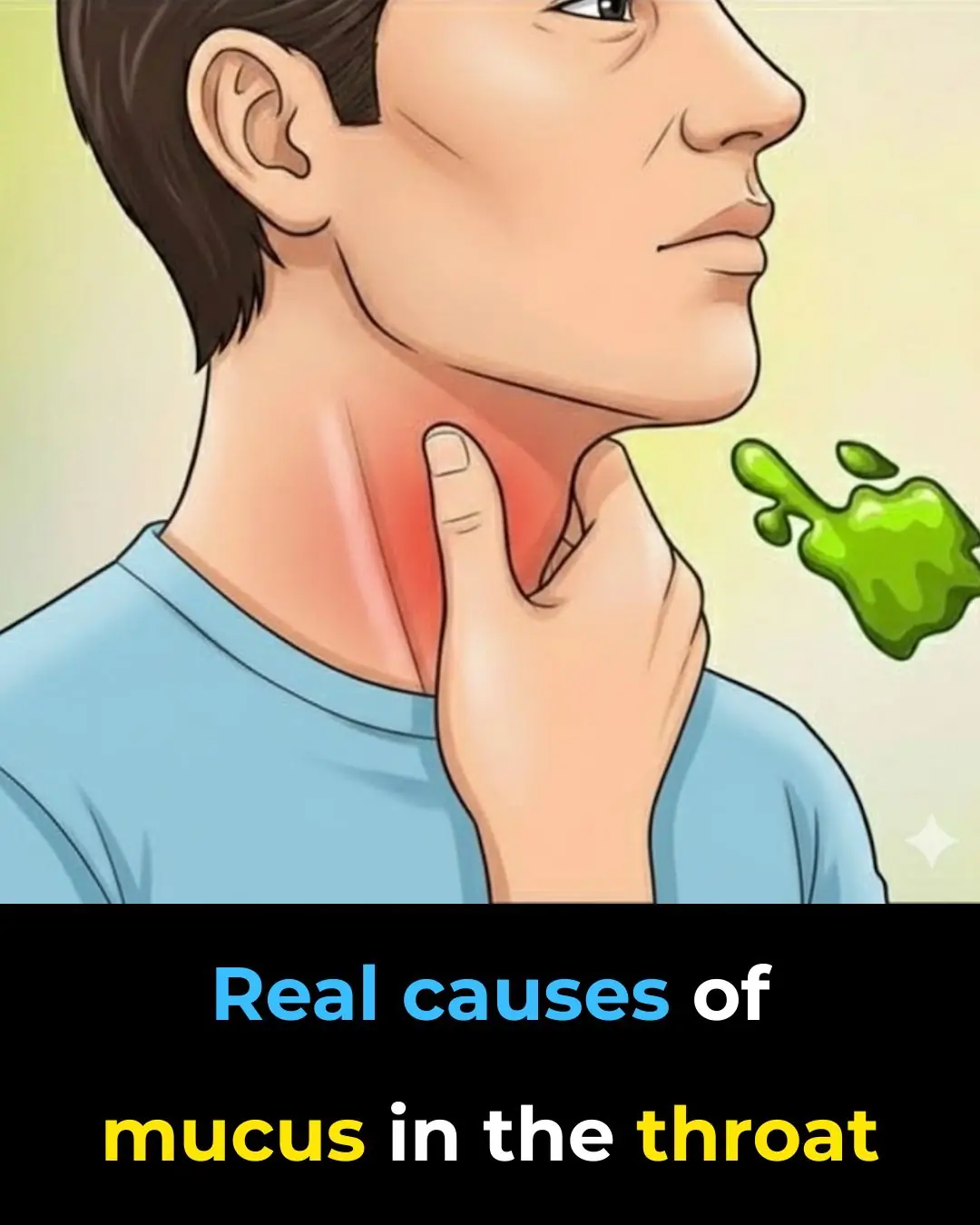
🫁 The Real Causes of Constant Phlegm and Mucus in Throat — And How to Get Rid of It
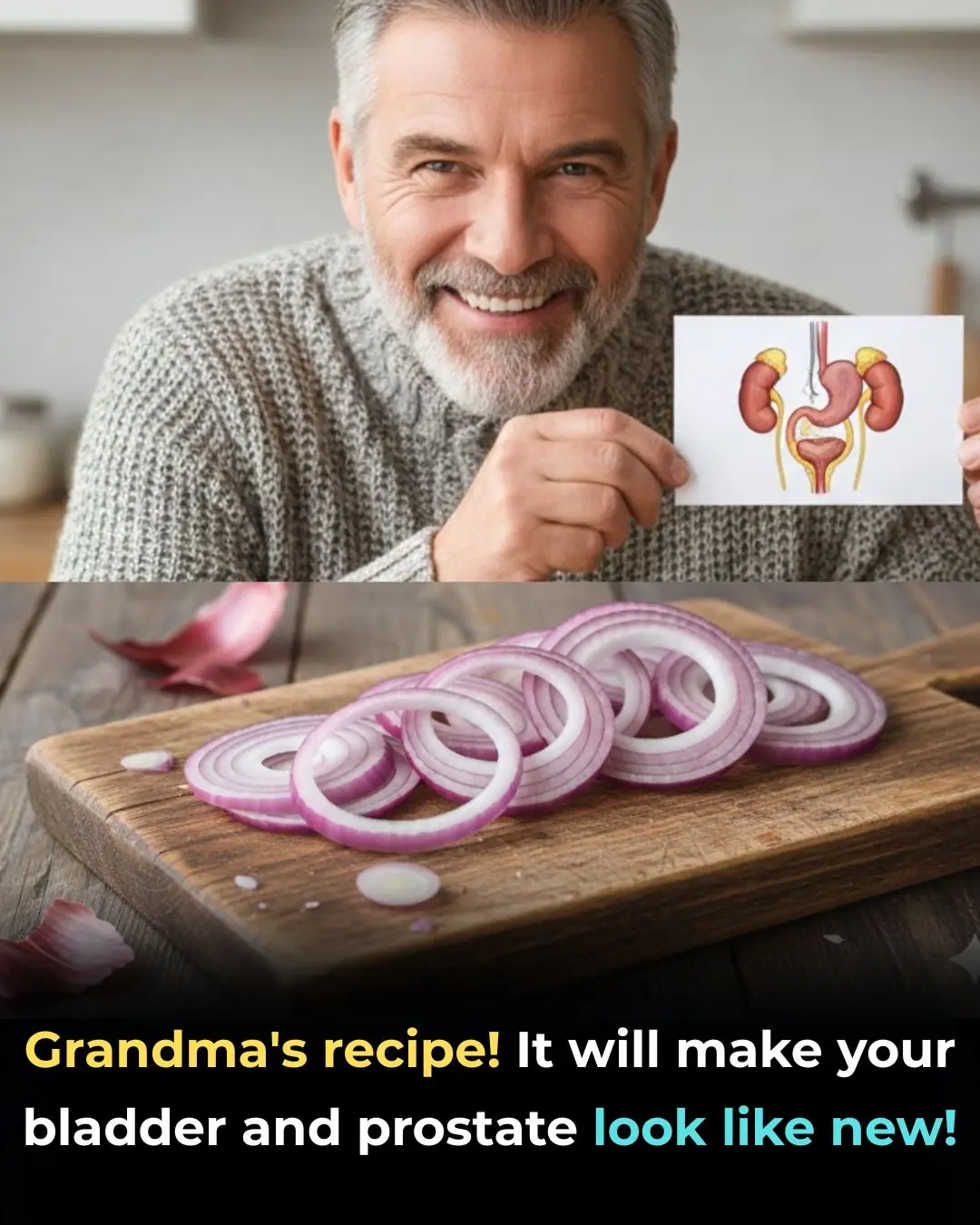
The Hidden Danger on Your Fruit — and the Simple Method That Can Make It Safer
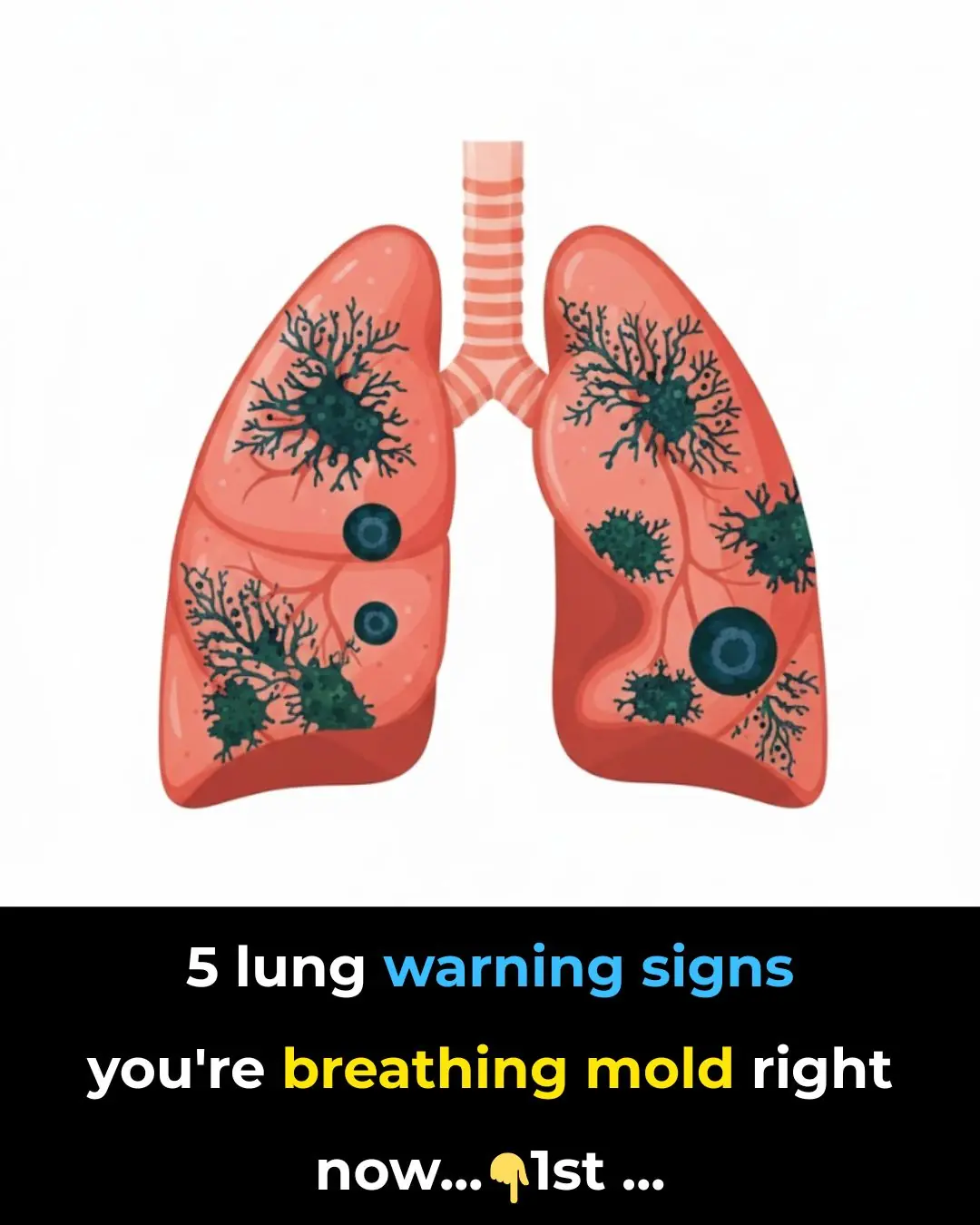
5 Signs Your Lungs are Being Exposed to Mold
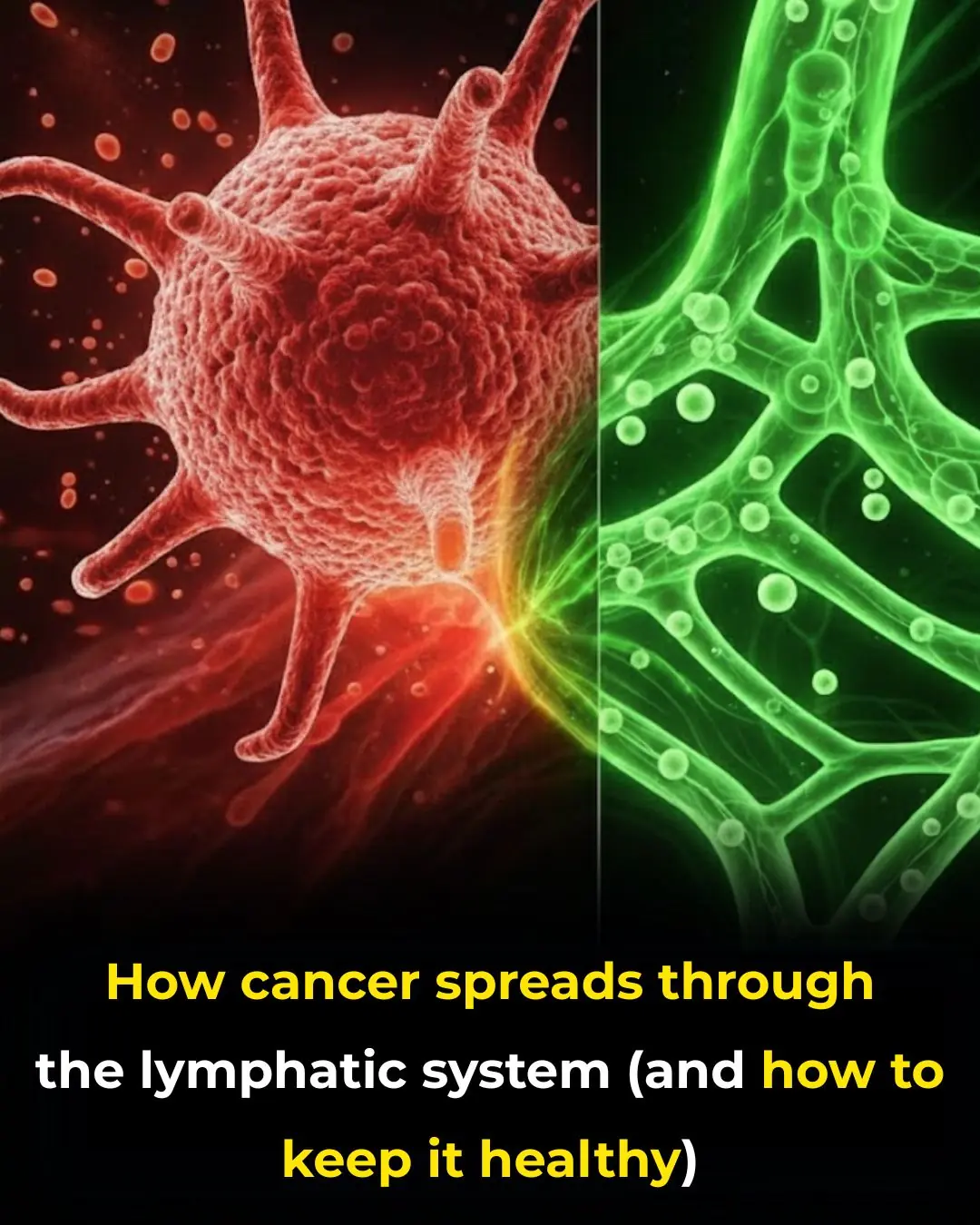
How Cancer Spreads Through The Lymphatic System (And How To Keep It Healthy)
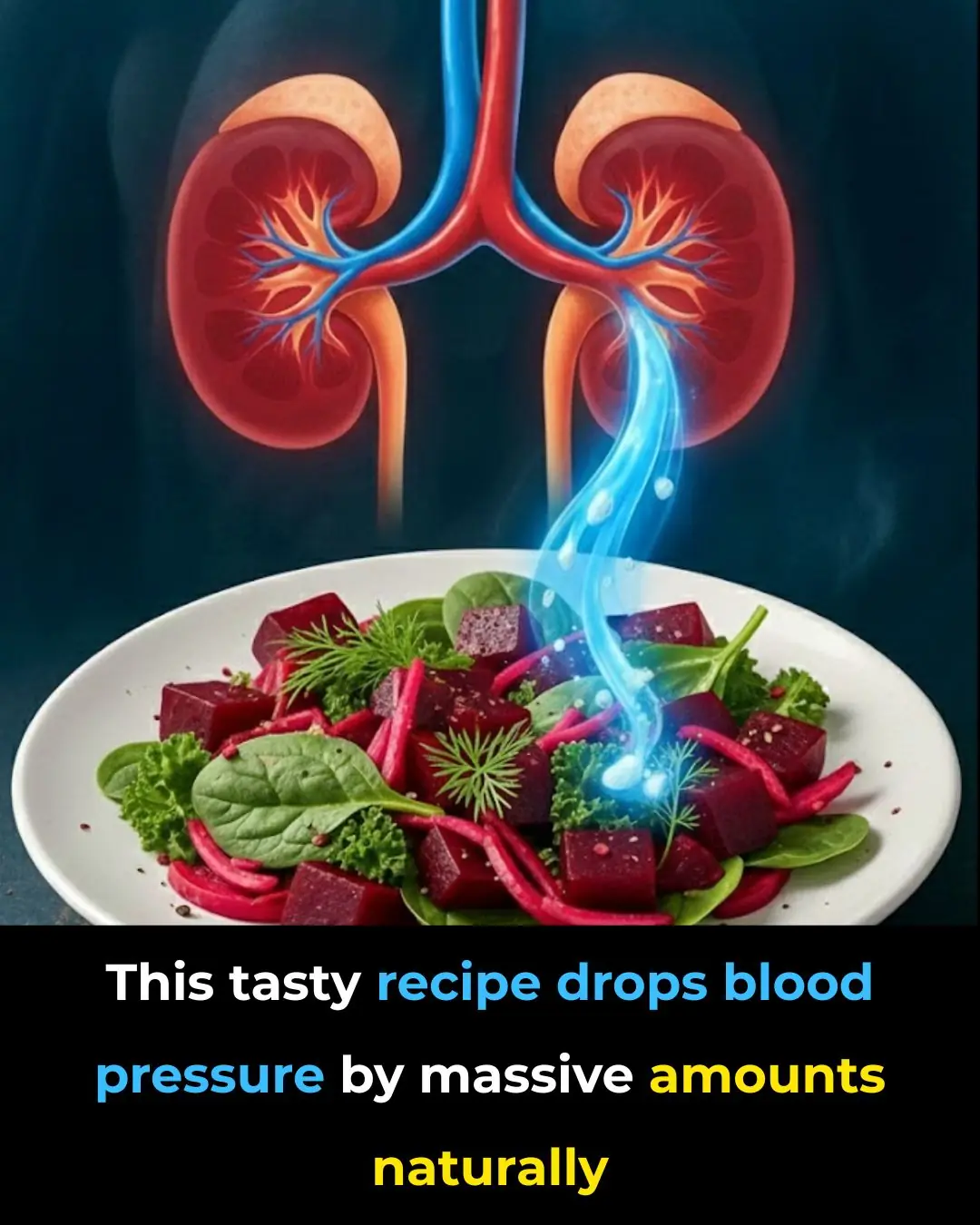
This tasty recipe drops blood pressure by massive amounts naturally
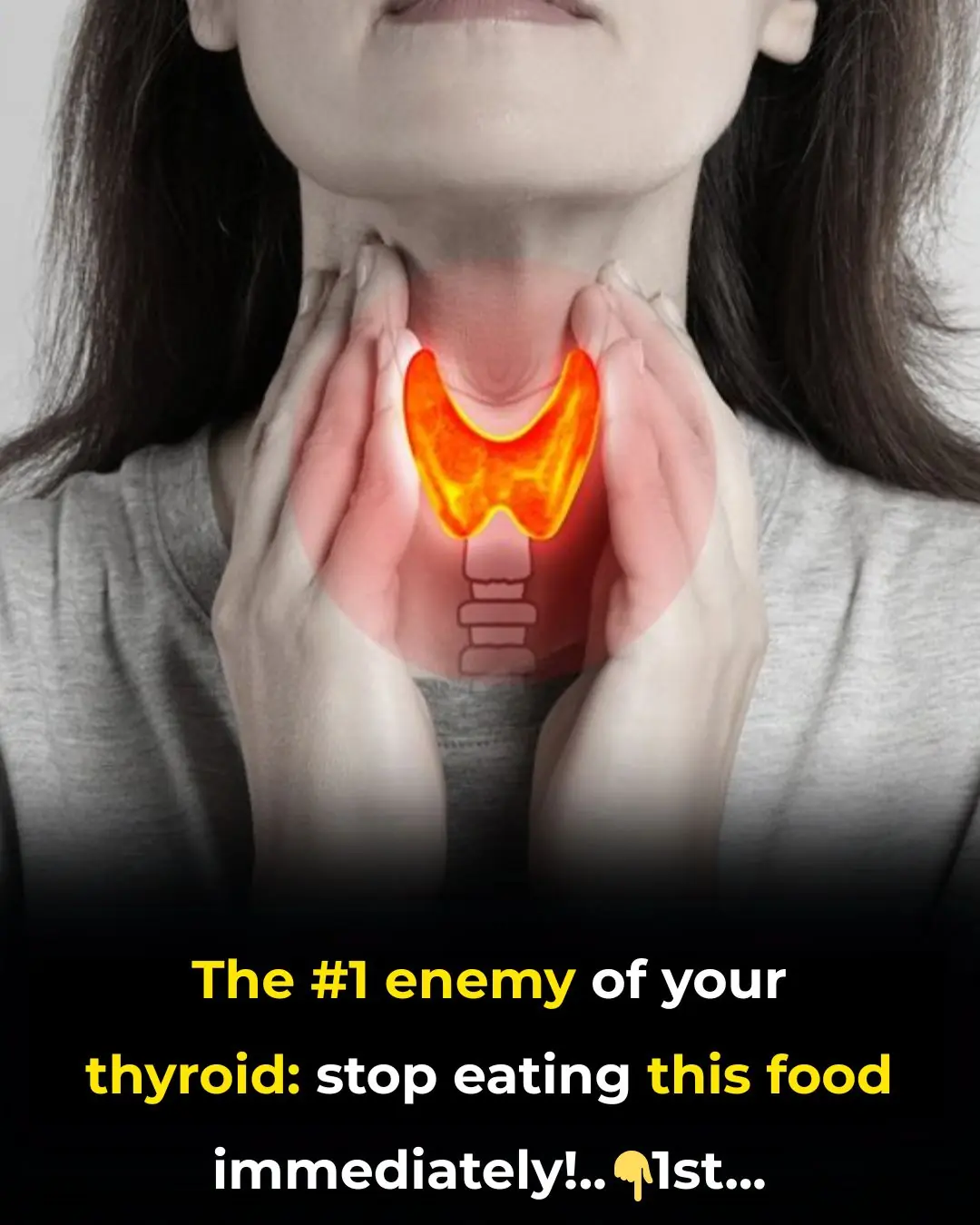
The #1 enemy of your thyroid: stop eating this food immediately!

First Three Colors You See Reveals What’s Really Bothering You
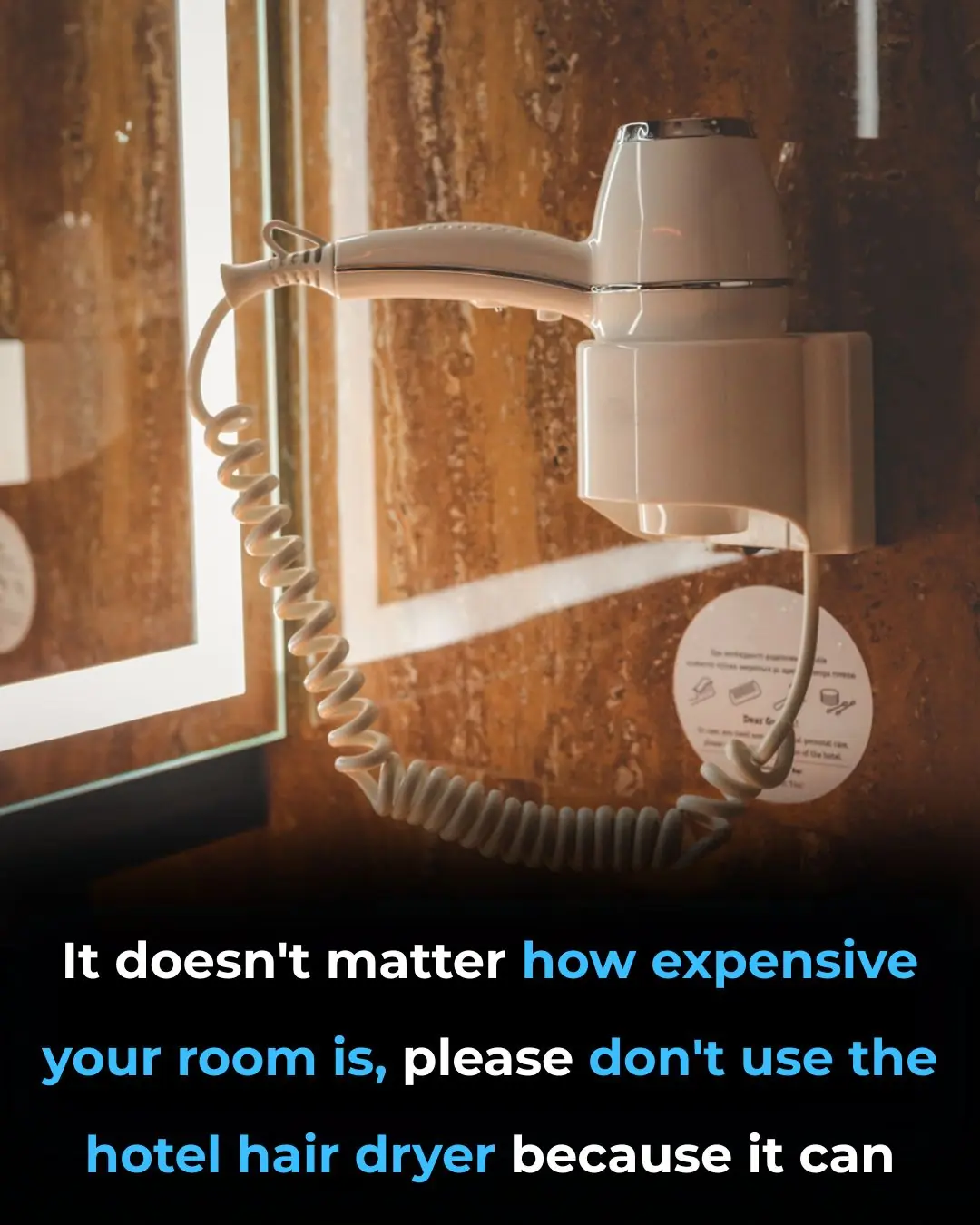
Hotel Workers Reveal What Goes On
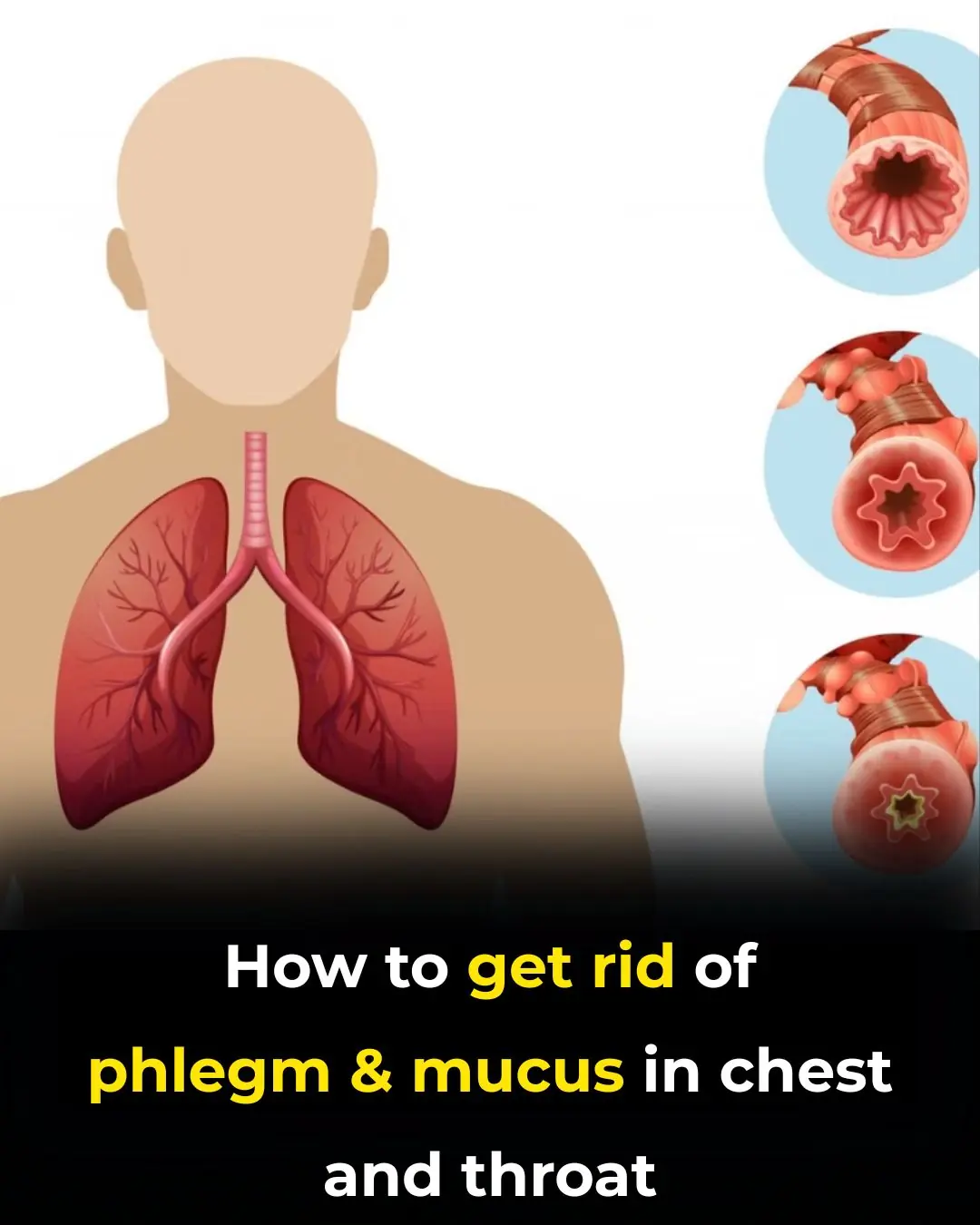
Understanding Phlegm: Why It Builds Up and How to Naturally Reduce It
![Reduce Foot And Ankle Swelling [Top 9 Causes]](https://onplusnewscom.8cache.com/onplusnewscom/images/2025/12/13/1765633594jVo6Fro3lO.webp)
Reduce Foot And Ankle Swelling [Top 9 Causes]
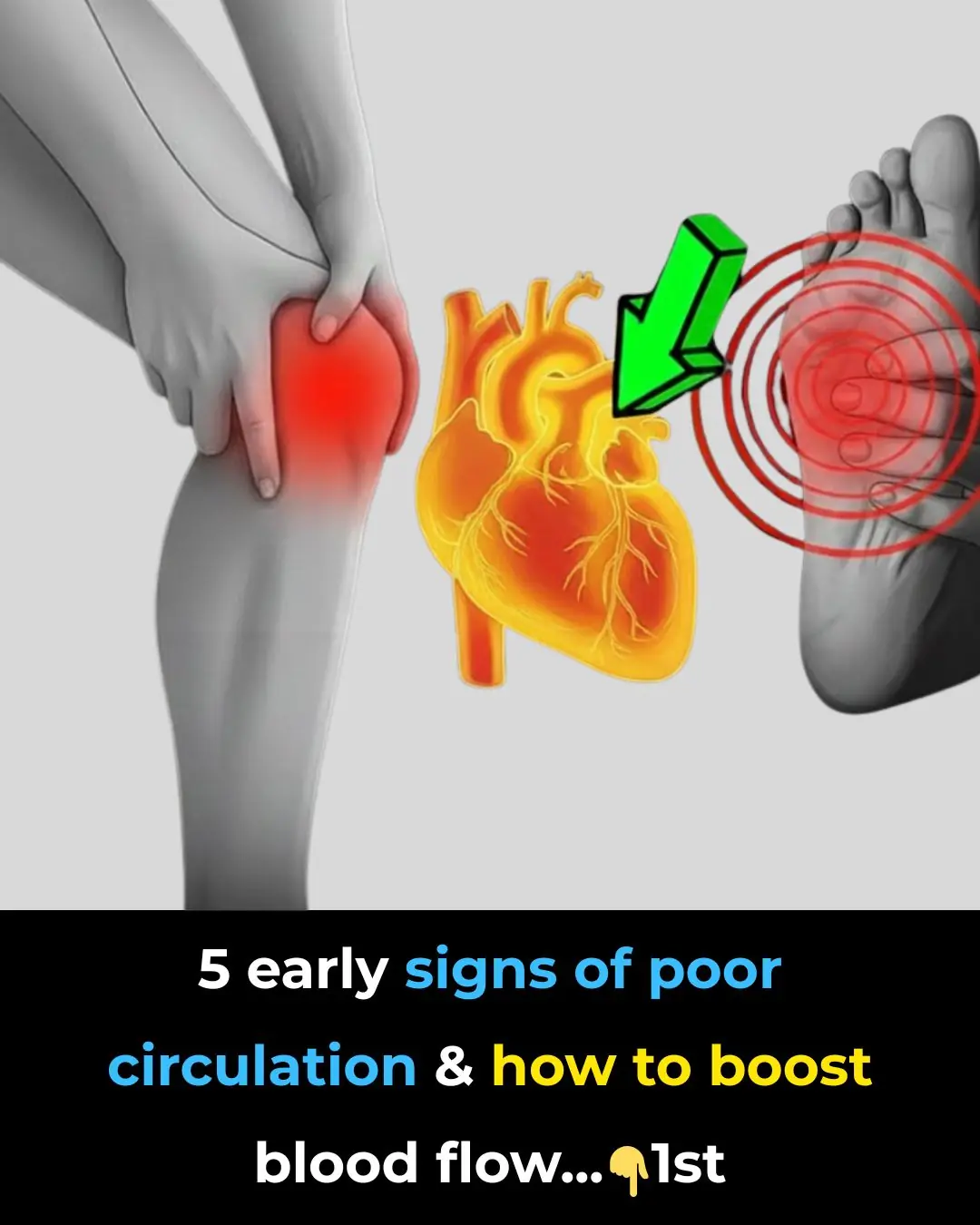
5 early signs of poor circulation & how to boost blood flow

Foods to Eat When You’re Sick: Nutritional Support for Faster Recovery
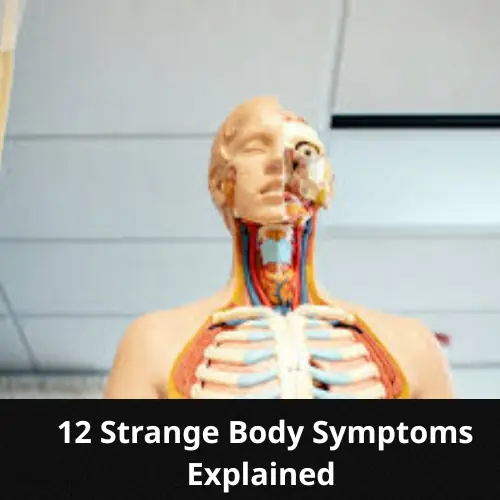
Strange Body Symptoms Explained: What Your Body May Be Telling You
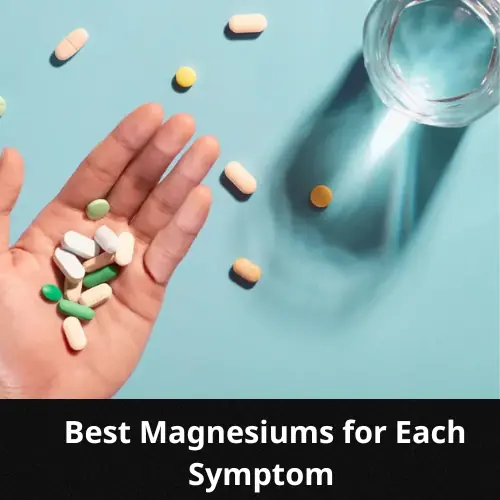
Understanding Magnesium: Types, Symptoms, and Scientific Support

Herbal Balms You Should Keep at Home: Traditional Uses and Scientific Perspectives
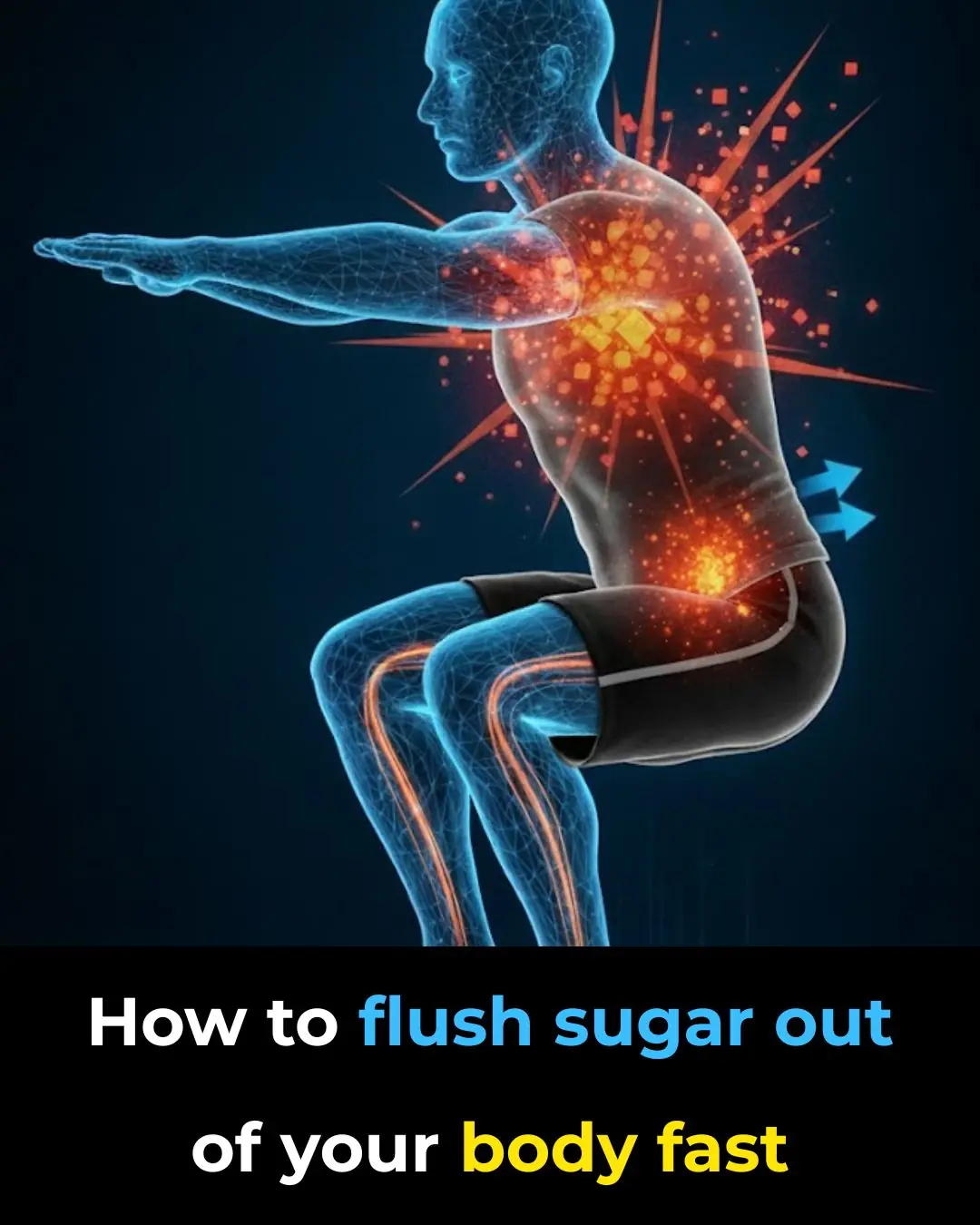
How to flush sugar out of your body fast
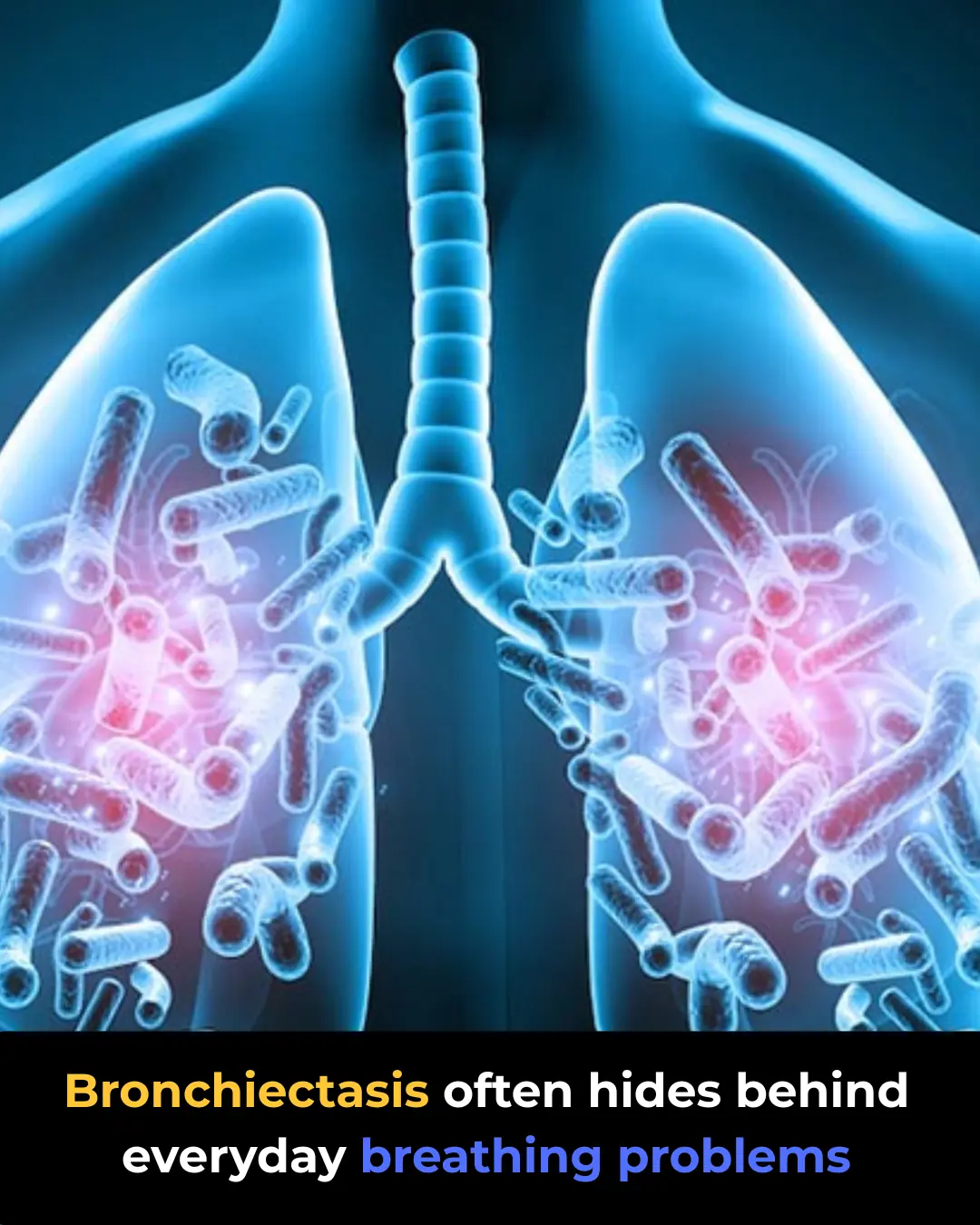
Bronchiectasis: Symptoms Most People Overlook
News Post

5 Ancient Ayurvedic Remedies That May Help Cleanse Clogged Arteries Naturally

Bee Venom Shows Promise in Destroying Aggressive Breast Cancer Cells in Under 60 Minutes

Dog Swept Away by Typhoon Floods in the Philippines Miraculously Finds His Way Home After Two Weeks

China Tests Jumbo-Sized Hypersonic Jet Reaching Mach 6.5, Redefining Ultra-Fast Air Travel

How to Grow Rosemary Abundantly at Home: Your Aromatic, Memory-Supportive Garden Ally

Blood pressure creeping up? 10 natural fixes before meds
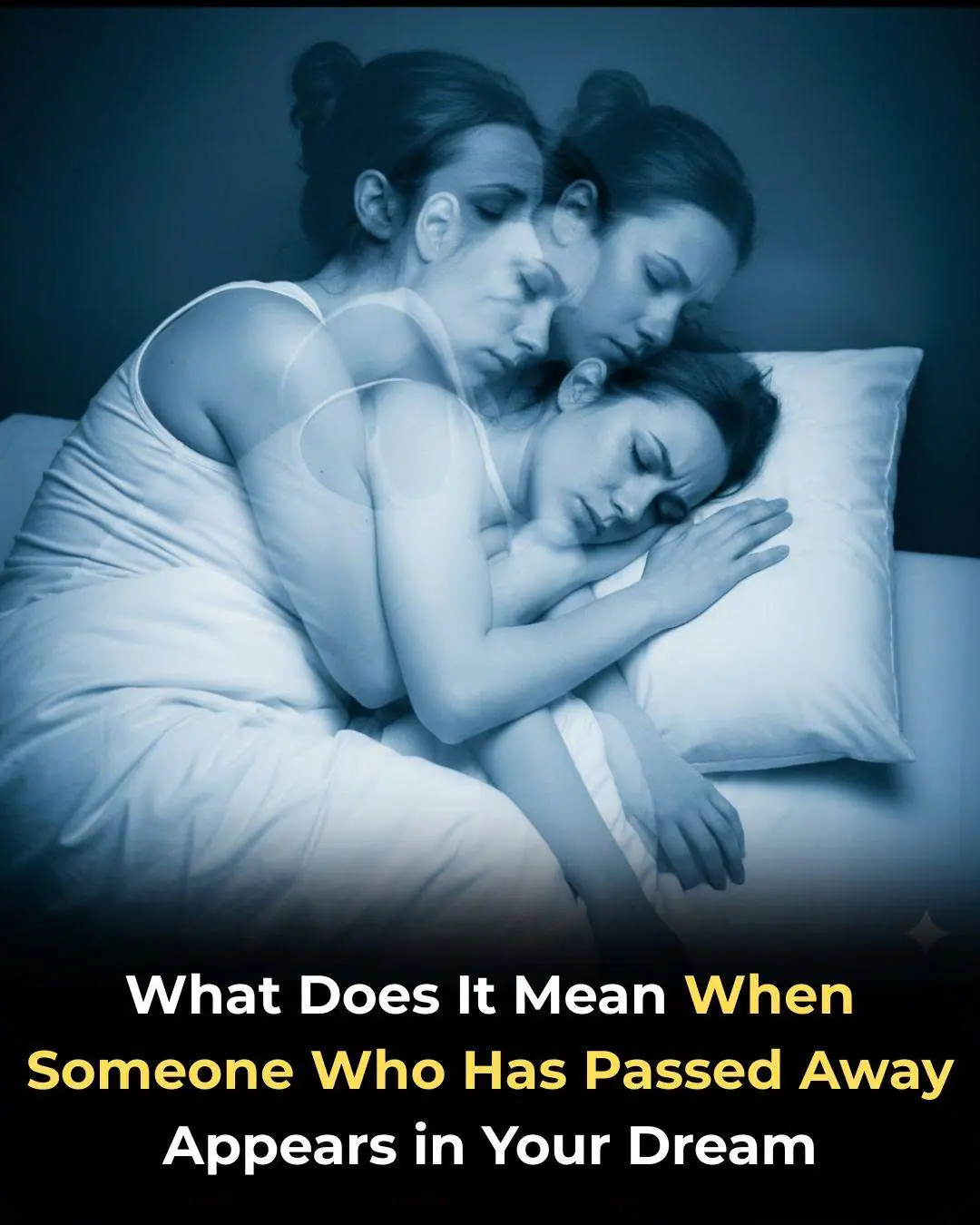
What does it symbolize when a person who passed away appears in your dream

Snowball the Leucistic Alligator: A Rare Living Wonder Lost to Human Greed

Scientists Identify a Low-Cost, Widely Available Antidote That Could Reduce Cobra Venom Damage

China Uncovers a “Supergiant” Gold Deposit in Hunan, Potentially Reshaping Global Supply
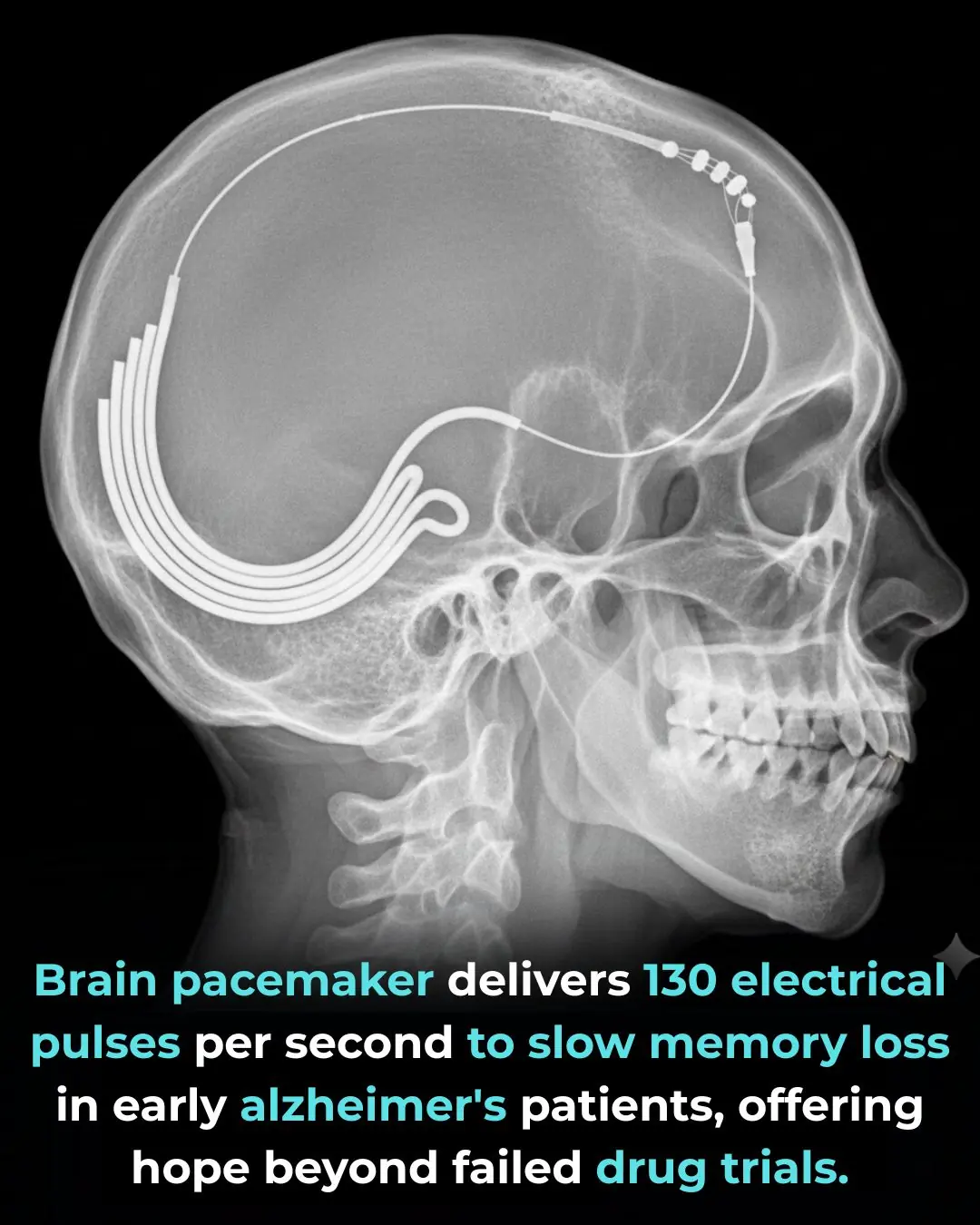
Brain Pacemakers and Alzheimer’s: How Deep Brain Stimulation Could Slow Memory Loss
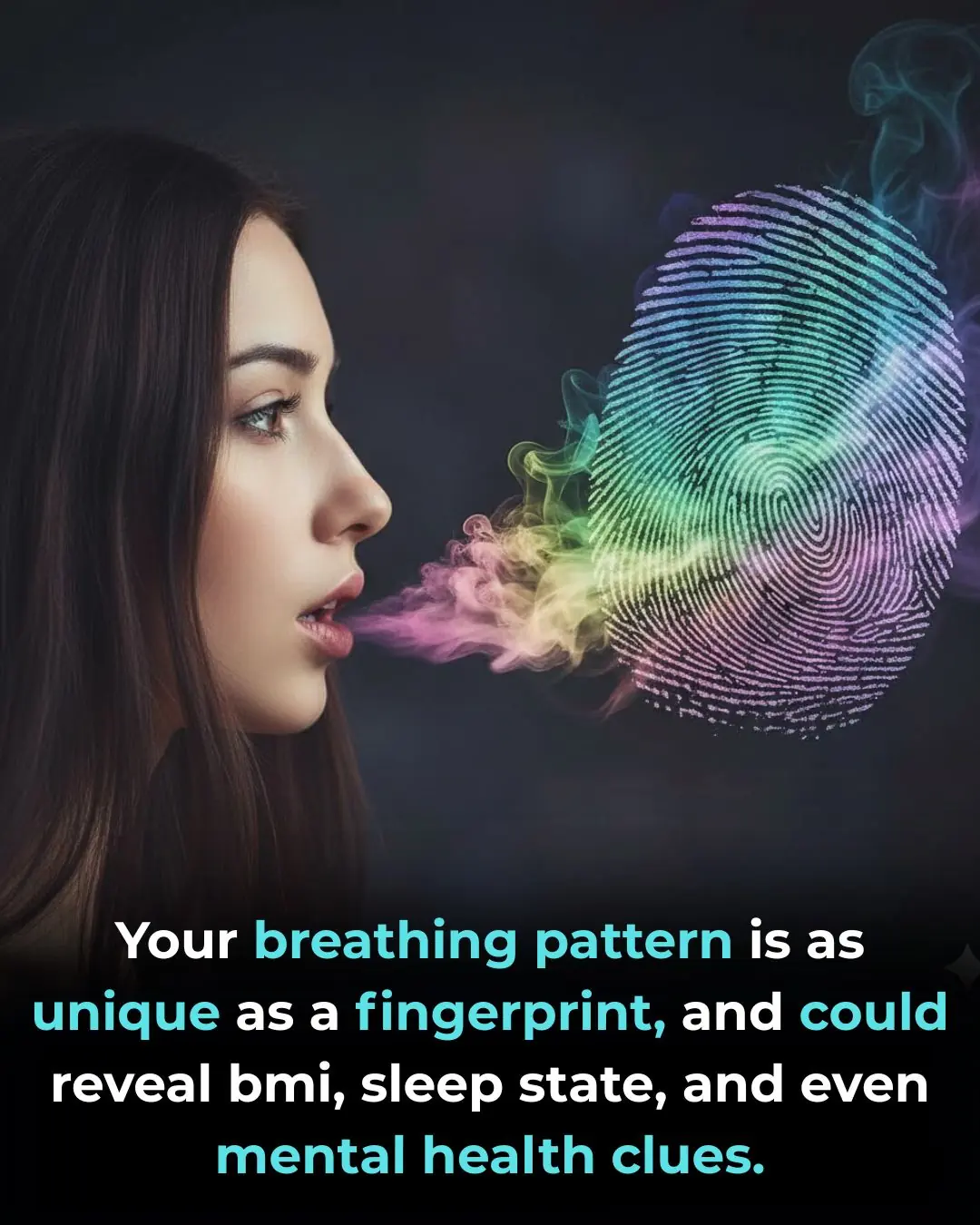
Your Breath Is a Biometric Signature: How Breathing Patterns Can Identify Individuals and Reveal Mental Health Clues

Tree-Climbing Crocodiles: New Research Redefines What We Know About Ancient Predators

Revolutionary Microneedle Patch Offers Hope for Natural Tooth Regrowth

Revolutionizing Communication: Danny Manu's Mymanu CLIK Breaks Language Barriers Worldwide

🫁 The Real Causes of Constant Phlegm and Mucus in Throat — And How to Get Rid of It

The Hidden Danger on Your Fruit — and the Simple Method That Can Make It Safer
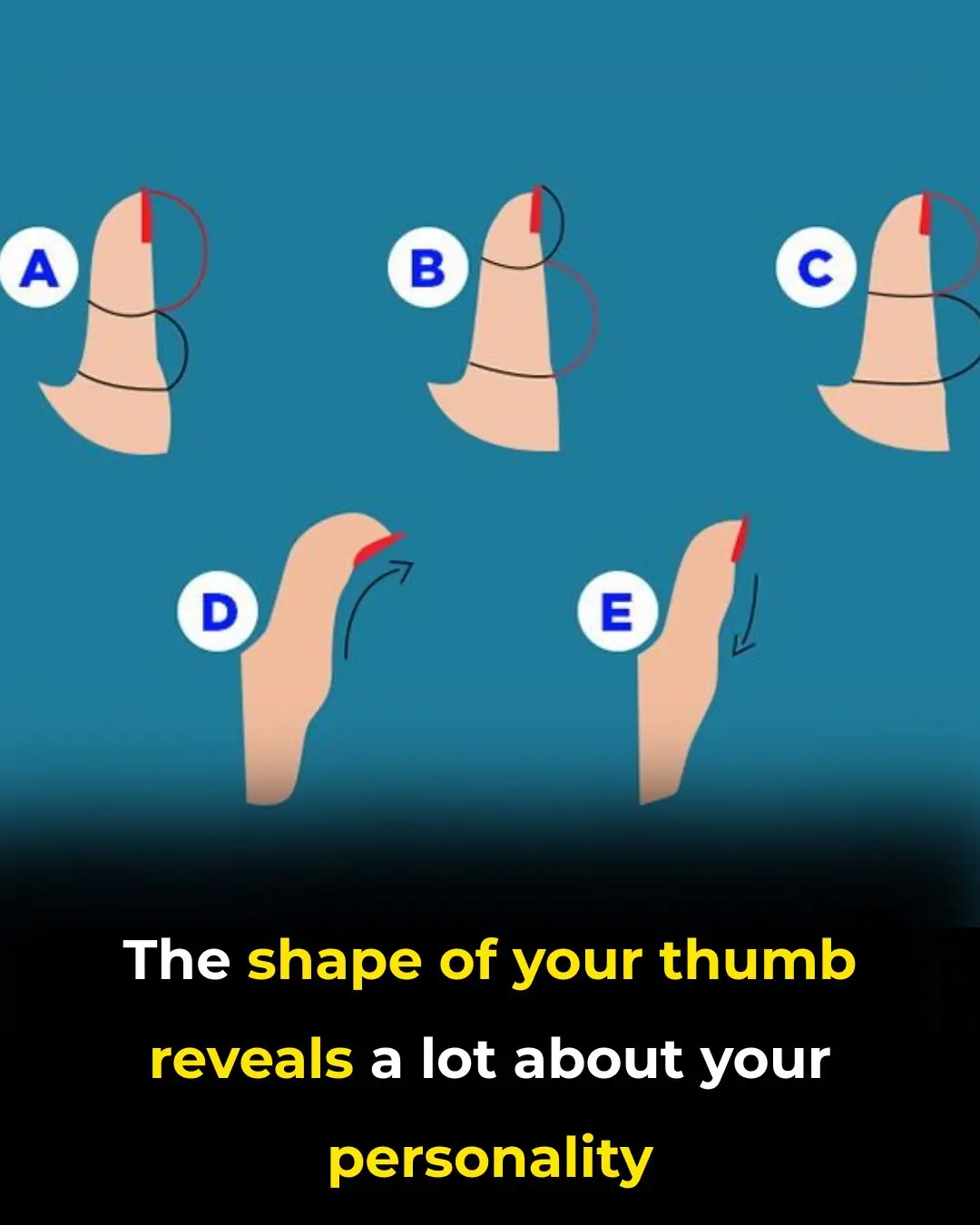
The Secrets Your Thumb Shape Reveals

5 Signs Your Lungs are Being Exposed to Mold
